Cats Eyes Facts: 90 Facts About Cats’ Eyes
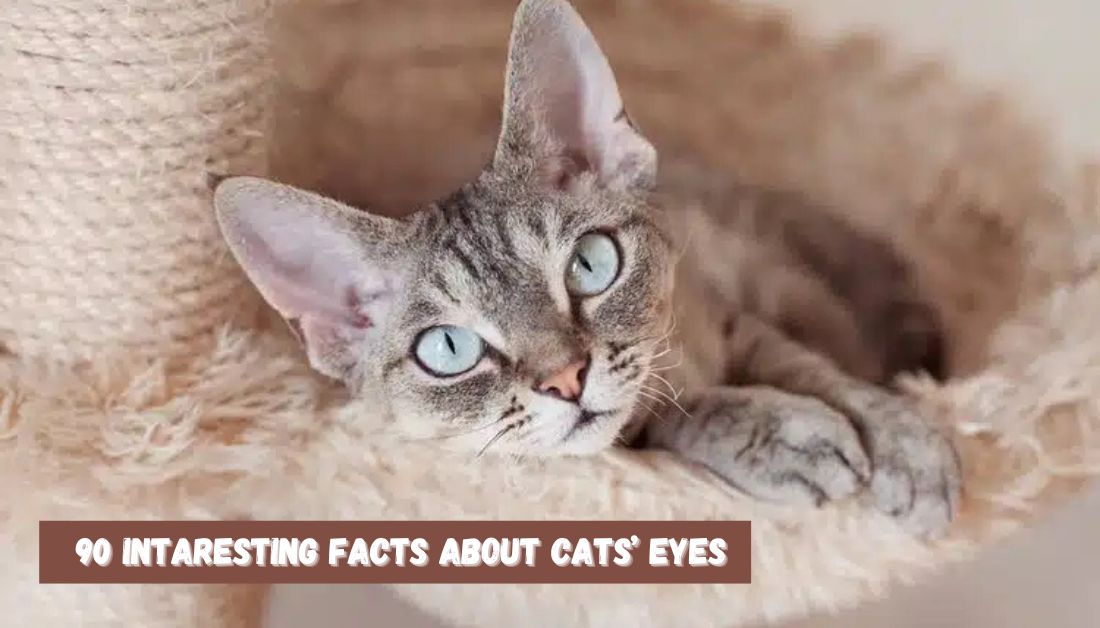
Cats are the best pets. We all know that. But did you know they have some pretty incredible eyes? Cats have some of the most beautiful eyes in the animal kingdom.
They’re jewel-like and hypnotic, with a unique color that can be as varied as their personalities. But there’s more to these feline peepers than meets the eye!
Cats’ eyes are highly expressive and say a lot about their personality—and they’re also just really cool to look at. We’ve compiled a list of 90 amazing facts about cats’ eyes so that you can learn more about your feline friend’s peepers.
Top 10 Cats Eyes Facts
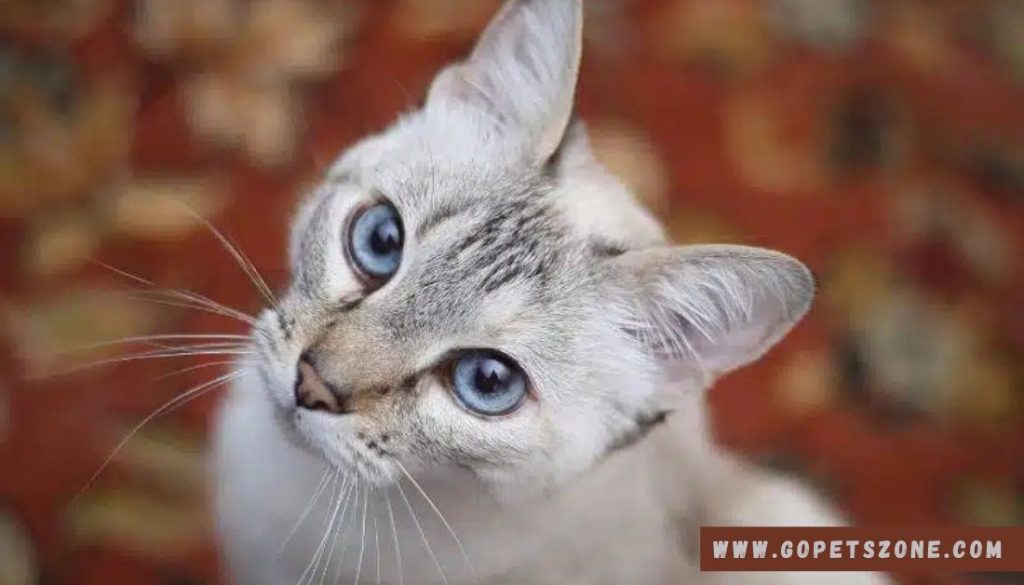
Are you a cat owner? Do you want to know more about your kitty’s eyes? If so, read on for ten fascinating facts about cats’ eyes.
- Facts#- Cats’ eyes reflect light and allow them to see in low-light conditions
- Facts#- The pupils of a cat’s eyes dilate to adjust to changing light conditions
- Facts#- Cats’ eyes have a reflective layer at the back of their eyes that helps protect them from bright light
- Facts#- Cats’ eyes are sensitive to the color blue, which is why they tend to be drawn to shiny objects or other things that reflect blue light
- Facts#- Cats’ eyes have a membrane called a nictitating membrane that protects their eyes when they’re hunting or playing with prey
- Facts#- Cats’ eyes can’t see directly under their nose, so they need whiskers to help them navigate around obstacles while hunting or playing
- Facts#- The irises of cats’ eyes are elliptical, which gives them better peripheral vision than humans have
- Facts#- The corneas in cats’ eyes have more than 40 layers of cells, which helps them focus on different distances better than humans can do with just one layer of cells
- Facts#- Cat eyes have a third eyelid that moves across the eye when they blink
- Facts#- Cat eyes have an outer and inner eyelid
Interesting Cat Eyes Facts
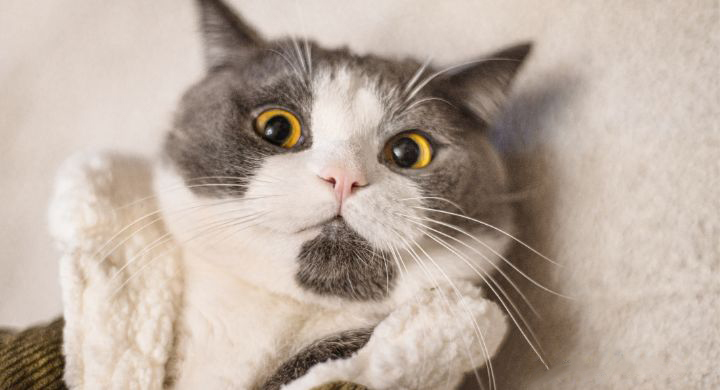
The eyes are the window to the soul, but that doesn’t mean they’re just for looks. Cat eyes have some important functions that help your pet survive. We will look at cat-eye facts and learn how cats see.
- Facts#- The cat eye is a form of makeup that’s been around for thousands of years. It can be traced back to ancient Egypt and was first popularized by Cleopatra.
- Facts#- The cat eye was famous in the ’60s and ’70s, but it’s been coming back in recent years!
- Facts#- Can you see why it has such staying power? It gives your eyes an elegant, mysterious look that makes them pop!
- Facts#- Cats can see about 6 times better than humans in dim light and four times better than in bright sunlight.
- Facts#- Cats’ eyes are more significant than ours but have a more miniature retina. This means they see less detail, but it also means they can see in the dark!
- Facts#- Cats’ eyes don’t produce tears, so they have to lick their own eyes if they start to feel dry or irritated (and yep—they taste salty).
- Facts#- The cat’s eyes have a special membrane to protect them from dust, wind, and sunlight.
- Facts#- Cats can see 6 times better than humans in the dark.
- Facts#- Cats have pupils that can contract or dilate depending on how much light is available, just like people.
- Facts#- A cat’s eye has a special membrane to protect it from dust and wind.
Cat Eye Fun Facts
Cats’ eyesight is remarkable, allowing them to see in the dark and at night. Some cats can even discriminate between colors.
- Facts#- Cats’ eyes can see in the dark.
- Facts#- Cat’s eyes are good at detecting motion.
- Facts#- Cats’ eye’s pupils are located vertically rather than horizontally.
- Facts#- Cats’ eyes do not need light to make tears.
- Facts#- Cats’ eyes can tell us if they are feeling happy or sad.
- Facts#- A cat’s eye can tell us if they are feeling angry or afraid.
- Facts#- Cats have five eyelids, three on the upper lid and two on the lower.
- Facts#- Cats have a third eyelid called Hawkshaw.
- Facts#- You can tell a cat’s age by looking at its iris.
- Facts#- A cat’s eyes change color when they get older.
Cool Cat Eyes Facts
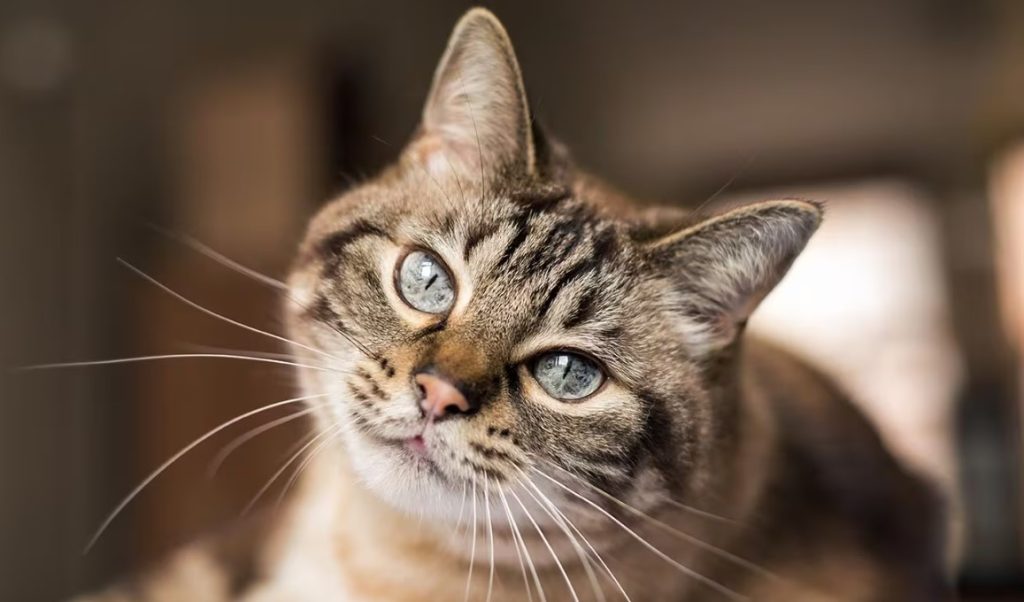
- Facts#- Cats see better at night than they do during the day.
- Facts#- Your cat’s eyes can tell you how it’s feeling.
- Facts#- Cats can see in color.
- Facts#- If your cat is startled, its pupils will dilate, and its whiskers will flatten against its face, making him look more extensive and intimidating to potential enemies.
- Facts#- Studies show that looking into a cat’s eyes may strengthen the bond between you and your cat.
- Facts#- Green or yellow reflects from a cat’s retina in low light, making them appear to glow in the dark.
- Facts#- A cat’s third eyelid is called a haw and usually is not visible. It protects their eye from scratches and helps spread tears across the eye.
- Facts#- A cat’s eyeballs have a layer of tissue called tapetum lucidum which reflects light allowing them to see better in the dark.
Amazing Cat Eyes Facts
If you’re interested in learning amazing facts about cats, look no further than here!
- Facts#- A cat’s pupils have a horizontal slit to allow the most light.
- Facts#- Cats don’t always respond to pain as we do.
- Facts#- Cats can see in almost complete darkness, partly due to their eyes’ ability to contract and expand to let in more or less light.
- Facts#- The look of a cat is about six times more light-sensitive than humans’ eyes.
- Facts#- Cats can see well at low light levels but not quite as well as other animals, like owls and wolves.
- Facts#- By 3 weeks, a kitten’s eyes are open, and its vision is sharp enough to see at distances greater than 12 inches (30cm).
- Facts#- With an extra retina, cats have an “extra” reflective layer behind their eyes to help them see better at night!
- Facts#- Cats have a mirror-like layer behind their eyes called the tapetum lucidum that reflects light into the fovea and increases their night vision ability by up to seven times that of people!
- Facts#- When your cat gets something stuck on its eye
Cat Eye Colors Facts
- Facts#- Cat eye color is determined by the amount of melanin in the iris.
- Facts#- Blue and green eyes are more common than brown eyes.
- Facts#- Hazel eyes are a mix of brown and green and range from a light hazel to dark brown.
- Facts#- Green-eyed cats are rarer than blue-eyed cats but still more common than cats with yellow or orange eyes.
- Facts#- In the United States, the most popular color of the cat eye is green.
- Facts#- Blue eyes are the second most common cat eye color in the U.S., but they are much less common than green eyes.
- Facts#- The least common cat eye color is yellow, the least common human eye color in general.
- Facts#- Cats with blue eyes are not necessarily related to one another. They can come from any breed or litter of cats.
- Facts#- Black cats are the most popular cat eye color
- Facts#- Blue eyes are the second most common cat eye color
Cat Blue Eyes Facts
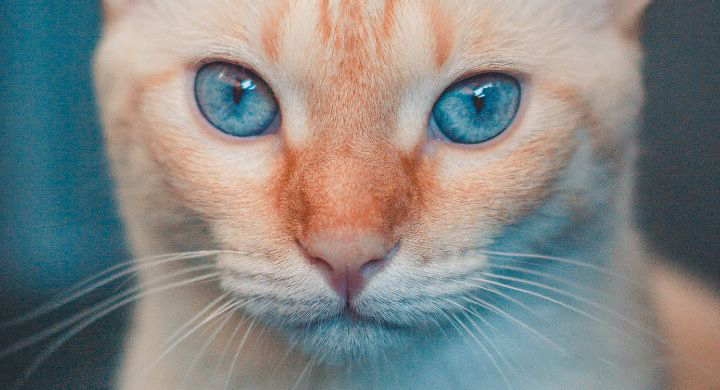
- Facts#- Cat blue eyes are one of the most popular cat breeds
- Facts#- Cat blue eyes have the most extended hair of all cats
- Facts#- Cat blue eyes can live up to 15 years
- Facts#- Cat blue eyes are very playful and curious
- Facts#- Cat blue eyes are brilliant and can be trained easily
- Facts#- Cat blue eyes love to play games with their owners, like fetch or hide-and-seek
- Facts#- Cat blue eyes need plenty of exercise and attention, but not too much affection, or they will become lazy and fat!
- Facts#- Cat blue eyes love being dressed up in costumes or just wearing clothes around the house as long as they don’t get too hot or uncomfortable!
- Facts#- Cat blue eyes love to eat both dry food and wet food (but not too much!) because they’re not picky eaters like some cats tend to be!
- Facts#- Cat blue eyes are named after their beautiful sky-blue eyes that sparkle like diamonds in the sunshine!
Cats Eyes Road Facts
- Facts#- Cats Eyes Road is a winding two-lane road connecting the towns of Cats Eyes and Cats Eyes Road.
- Facts#- It is named for the high number of cat eyes that line the road, which are reflective devices used to warn drivers of upcoming road hazards in low light conditions.
- Facts#- Cats Eyes Road was built in the early 1920s by a group of locals tired of getting hit by cars while walking down the street at night.
- Facts#- The road is also known as “Cats Eyes Drive” or “Cats Eye Drive.”
- Facts#- There are no other roads called “Cats Eye Road,” just “Cats Eyes Road.”
- Facts#- If you have a cat’s eye on your car, you will be fined $100 if it gets caught on this road!
- Facts#- The speed limit on Cats Eyes Road is 50 mph during daylight hours and 25 mph at night hours, so be careful!
Cat Eye Syndrome Facts
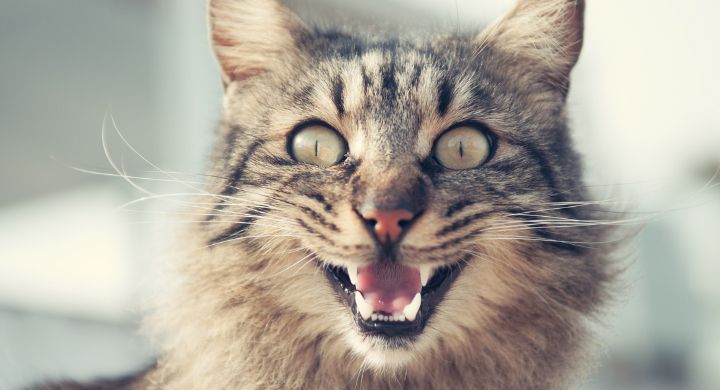
- Facts#- Cat Eye Syndrome Facts You Need to Know
- Facts#- Cat eye syndrome is a congenital disorder that affects the face, specifically the eyes.
- Facts#- It can cause blindness, but many people with this condition are still able to see.
- Facts#- It’s usually diagnosed in newborns after birth or during infancy.
- Facts#- The cause of cat eye syndrome isn’t always known; however, it’s thought to be linked to an abnormality in the development of the eye or brain.
- Facts#- When people with cat eye syndrome look at you directly with their eyes open, it can give them a distinctive appearance (see photo below).
- Facts#- Cat Eye Syndrome is a low condition that affects only 1 in every 10,000 cats.
- Facts#- Cats with Cat Eye Syndrome are usually born with the disease but can also develop later in life.
Cats Eye Stone Facts
Cats Eye is a beautiful stone with a unique, shimmering orb-like appearance. The optical properties of Cats Eye mean it can be used to create an eye-catching effect on jewelry.
We’ve put together this list of the top facts about Cats Eye Stone so you can learn more about this fascinating gem:
- Facts#- Cats eye stone is a form of quartz that contains many needle-like inclusions, which are responsible for its cat’s eye effect.
- Facts#- The word “cats eye” is often used to refer to any gemstone with an eye-like pattern, but it can also refer to chrysoberyl, which is not a true cat’s eye stone.
- Facts#- Cats eye stones are found in a variety of colors and patterns, but they all have these tiny needle-like inclusions that cause the cat’s eye effect.
- Facts#- The name comes from the way light reflects off the surface of the stone, which resembles a cat’s eyes when they reflect light back at you (hence the name).
- Facts#- Most cats eye stones are mined in South Africa or Brazil — some of the world’s largest reserves of these gems lie beneath those countries’ surface!
- Facts#- Cats Eye Stone is a grounding stone that allows for emotional expression and communication
- Facts#- Cats Eye Stone has been used as a talisman against evil spells or witchcraft, as well as for protection from physical harm, accidents, or injury
FAQ- Cats Eyes Facts
1. What Is Special About Cat Eyes?
Cat eyes are unique because they can help your cat see better in low light. They do this by reflecting sunlight into the eye, making it easier for your kitty to see what’s around him. Some cats have a more prominent “cat eye” effect than others, but all cats have some degree of tapetum lucidum.
2. Do Cats Have Powerful Eyes?
Cats have a very narrow field of vision. This means they can only see things directly before them and cannot move their eyes around quickly to look at other things. Cats’ eyes are also almost entirely immobile, making it difficult to focus on objects that are close-up or far away.
3. Why Are Cats Eyes so Crazy?
The eyes of cats are just as unique as the rest of their body. Cats have crazy-looking eyes, which can be pretty challenging to understand. But there’s a good reason for that. Cat eyes are very complicated!
4. How do cats’ eyes work?
Cats have eyes that are very similar to humans. They have a cornea and lens, which focus light rays onto the retina. The retina is a layer of tissue in our eyes that contains photoreceptor cells called rods and cones. These cells convert light into electrical signals sent to your brain, creating an image.
Conclusion
While your kitty’s eyes might resemble yours in some ways, they function quite differently, giving your pet a unique view of the world.
Cats excel in night vision, motion detection, and peripheral vision, all of which make them skilled hunters. However, they aren’t as strong at seeing colors or objects up close. With this insight into feline vision, you can better adapt your cat’s surroundings to suit their unique needs!
